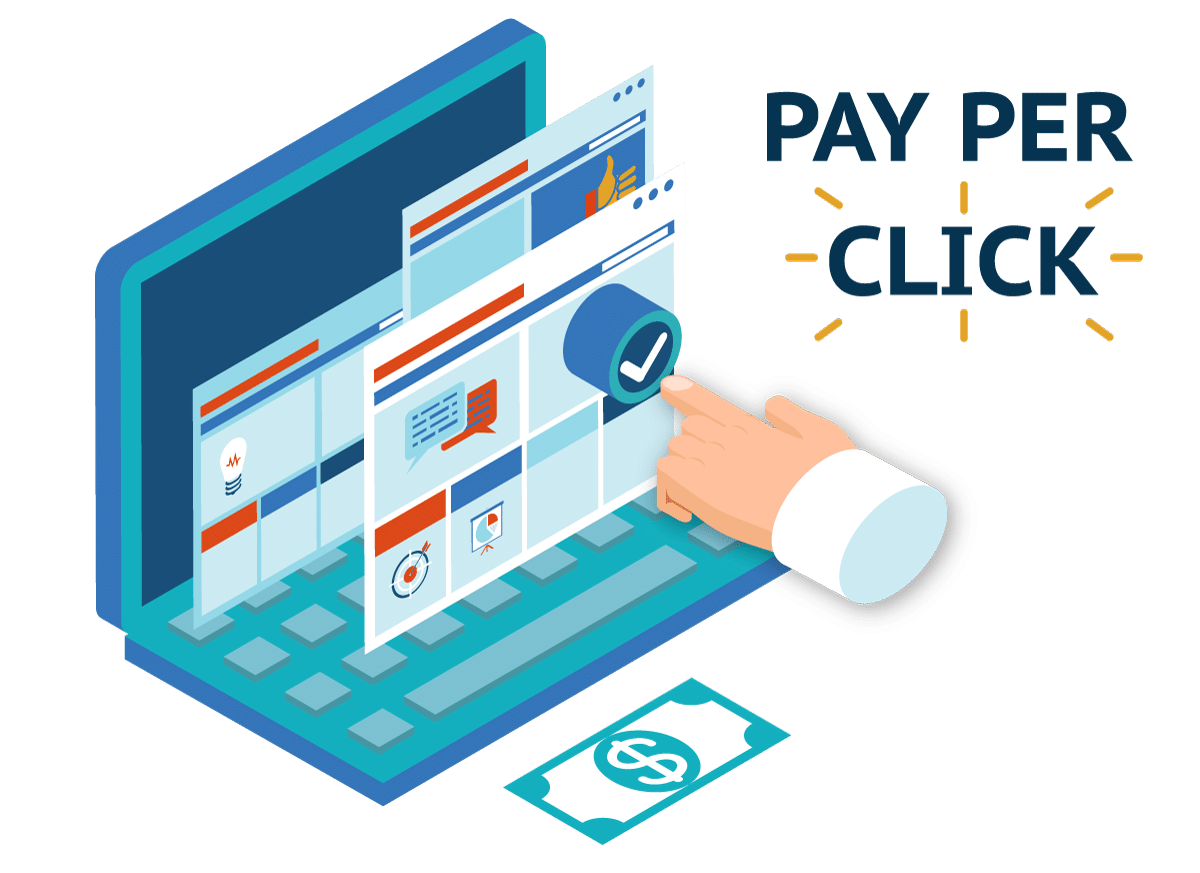Whether for a startup or an established business, Pay-Per-Click marketing is one of the fastest-growing marketing strategies. Notably, it owes it most of the time, to the fact that they bring in more ROI instantly.
According to a study, it usually costs around $1-$2 per click.
Well, that’s cheap. Ain’t it?
However, most business owners struggle when it comes to including this remarkable tool in their marketing strategy.
Nevertheless, this article will help you with the same.
So, keep reading to learn more.
Initial Preparation
One of the key factors that can affect the overall success of your PPC campaigns is the choice of keywords. Unlike the regular SEO strategies, the keyword strategy for PPC is more targeted at the ideal customer.
To put this into perspective, the success of your PPC campaign rests a lot on the relevancy of keywords. And not just the relevancy to the target audience, but to the landing page and the ad itself, as well.
For instance, someone looking for ‘dog collars’ would ideally want to see ads from pet stores. So, it is rather necessary that store owners try to bid for keywords that can relate to the product or the service.
Besides, it is also noteworthy that there are other factors at play as well. For example, as the experts at Whitepeak.io put it, the content of the ad, the landing page, the CTR of the ad, and also the history of the account running the ad campaigns- all affect the success of the ad.
Creating Ad Content
Once you are all set with the keyword research and bidding, the next thing you ought to be doing is creating relevant content pieces. It is noteworthy that there are primarily two types of ads used in PPC campaigns- Display ads and Search ads.
Display ads are usually hosted on third-party domains. For instance, when you see a service or a product ad on NYTimes. The primary purpose of these ads is to create brand awareness. And it is quite similar to newspaper ads or magazine ads.
On the other hand, search ads are the primary source of lead generation for many businesses. Typically, these are the ads that you see under the sponsored results section on a search page.
Whatever, you choose, it is vital that you create the ads keeping in mind what you want your customers to do. For example, if you are planning to secure leads and generate sales, your content copy needs to be converting. It should intrigue the customers to click and make the purchase.
Display Ad Networks
To run effective display ads, choosing the right display ad network is essential. These networks connect advertisers with websites that have available ad space, allowing your ads to appear across a wide range of platforms and devices.
Google Display Network (GDN) is the most popular and widely used display network, offering access to millions of websites, YouTube channels, and apps. Other notable networks include Microsoft Audience Network, Amazon DSP, Facebook Audience Network, and Yahoo Gemini. Each platform offers unique benefits depending on your budget, audience type, and marketing goals.
These networks typically allow for targeting options such as demographics, interests, and even behavior. Moreover, you can choose between static image ads, animated banners, responsive ads, or even video ads based on your campaign goals.
Using a trusted display ad network ensures your ads are shown to the right audience in the right context, which improves visibility, CTR, and overall ROI.
Targeting and Retargeting
Last but not least, you must also keep track of your ad campaigns. Perhaps, this is one of the most renowned advantages of running PPC ads– you can easily track the success metrics of your campaign.
While evaluating the success KPIs, you must try to accumulate and organize the data based on user interests.
To put this into perspective, you can identify the age groups, gender, regions, and even the platforms used by your target audience. And, subsequently, you can use this data to retarget and optimize your target audience for more refined returns.
Perhaps, no other marketing tool provides this opportunity, and that too this simple.
Including PPC in your marketing strategy might be one of the best decisions you ever make for your business. The returns they have to offer are incomparable to any other tool available in the market.
Read Dive is a leading technology blog focusing on different domains like Blockchain, AI, Chatbot, Fintech, Health Tech, Software Development and Testing. For guest blogging, please feel free to contact at readdive@gmail.com.






